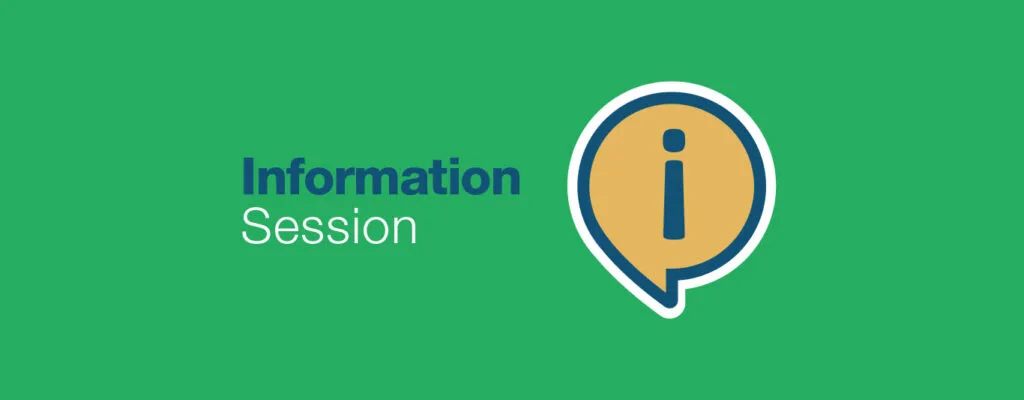


This article is part 1 of 2, in the next article explore the advantages and disadvantages through the lens of students and teachers.
All education stakeholders want a return on investment, but the methods used to measure successful learning vary widely. Student assessments are not always streamlined across schools or even classrooms due to a myriad of challenges, which can include budgetary restraints, teacher capacity, and a shortage of professional development opportunities. Many districts across the nation use paper-based assessments, but the results may not always reflect the most accurate depiction of a students’ ability. In an effort to efficiently and effectively measure student learning, computer-adaptive testing has been implemented in major urban districts across the nation.
Traditional paper-and-pencil-based assessments are generally written with a few very difficult questions, a few very easy questions, and the majority of the remaining questions’ difficulty falling somewhere in between (Merrell & Tymms, 2007).  The reason for this is to assess students who greatly range in abilities (Merrell & Tymms, 2007). However in many instances, these traditional assessments fail to serve both the lowest and highest scoring students, as their scores on these traditional assessments can rarely illustrate how much these students know and in what areas they need additional instruction. Traditional assessments miss these groups because the questions are not customized to the students’ achievement level and do not offer questions based on a students’ ability. (Kingsbury, Freeman, & Nesterak, 2014).
The reason for this is to assess students who greatly range in abilities (Merrell & Tymms, 2007). However in many instances, these traditional assessments fail to serve both the lowest and highest scoring students, as their scores on these traditional assessments can rarely illustrate how much these students know and in what areas they need additional instruction. Traditional assessments miss these groups because the questions are not customized to the students’ achievement level and do not offer questions based on a students’ ability. (Kingsbury, Freeman, & Nesterak, 2014).
Computer-adaptive tests (or CATs) aim to fix such problems in assessment. CATs are explicitly designed to regulate questions in an assessment based on the student’s previous response (“Computer-adaptive test”, 2013). Scoring a CAT is not as simple as dividing the number of questions answered correctly by the total number of ques
tions, but is based on the number of correct answers as well as the difficulty of the questions (“Computer -adaptive test”, 2013). If, for instance, a student answers a question on a computer-based test correctly, the next question will be more difficult in order to match the knowledge of the student. CATs begin with a large pool of questions with a varying degree of difficulty (Kingsbury, Freeman, & Nesterak, 2014). As the test-taker begins to answer questions correctly or incorrectly, the difficulty of the next questions will become more or less difficult, respectively, using a pre-determined algorithm. CATs focus on a child’s ability level and give a more comprehensive individualized assessment, which can then be used to develop appropriate strategies (Merrell & Tymms, 2007).
As educators, administrators, and researchers, we must be cognizant of how changes in assessment will affect teachers and students. There will be challenges and successes in implementation of new assessments regardless of whether they are paper- or computer-based. Please join us for the conclusion of our blog series on CATs, as we explore the advantages and disadvantages through the lens of students and teachers.


Join CLI’s Breakfast Briefing to explore the future of literacy! Connect with education leaders, hear impact stories, and discover ways to get involved. Stay[..]

Empower Oregon’s educators with proven literacy strategies! Join our free virtual info session to explore research-based tools and connect with experts. Register now!

Celebrate Women's History Month with powerful stories that inspire, educate, and uplift. 📚 Download our curated guide and stay connected for more inclusive literacy[..]